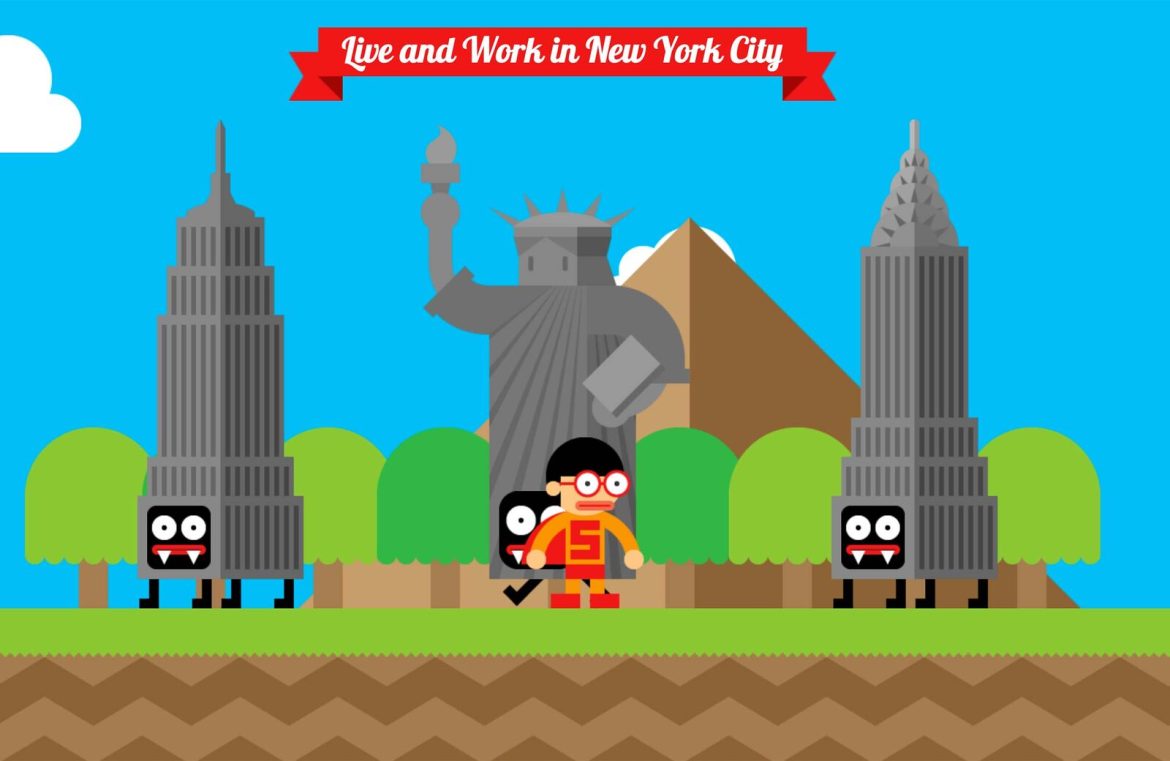1. Habitica
Game elements: XP, leveling, equipment, and more. Habitica stands out as a prime example of game theory applied to a web application. At its core, Habitica is about cultivating positive behaviors and eliminating negative ones, employing role-playing game mechanics to achieve this. Earn points for sticking to new routines, lose them for lapsing, and collect rewards as you progress. 
2. Zurb
Game elements: scavenger hunt, accolades. Zurb exemplifies gamification within a standard website format. Visitors engage in a virtual quest to discover cows hidden throughout the website, with a dedicated page for tracking discoveries. This approach entices users to explore every page, arguably the most engaging exploration-based user engagement seen today. 
3. LinkedIn
Game elements: rivalry, progression. While not immediately recognized as ‘gaming,’ LinkedIn, alongside other social networks, encourages profile completion through gamified feedback. Representing profile completion with a visual progress bar triggers instincts to finish tasks and compete, subtly integrating game design principles. 
4. Klout
Game elements: competition. Klout transforms social media’s inherent popularity contest by quantifying influence. Connecting multiple platforms, it presents your popularity relative to industry leaders, encouraging content sharing to improve your score. 
5. Zoho Motivator
Game elements: competition (intense mode). Emerging from the Zoho office suite, Zoho Motivator leverages sales data to pitch colleagues against one another in a spirited—or ferocious—race for sales supremacy. This implementation raises questions about the appropriate use of gamification in business contexts. 
6. Interland
Game elements: trivia, puzzles, adventure. Interland may seem like an outlier, as it’s essentially an educational game hub focused on online safety and etiquette for youngsters. Though it’s an outlier in this list, play-based education has proven benefits suggesting its suitability for tutorial websites. 
7. Quizzes in general
Game elements: trivia, a dash of competition. Echoing Interland’s reliance on play for learning, the web’s classic quizzes range from Buzzfeed’s viral hits to thought-provoking quizzes from The Oatmeal. For a refined quiz-taking experience, consider a literary journey through Britain. While quizzes may not directly drive business, their marketing influence is undeniable; Buzzfeed and The Oatmeal can attest to that. 
Bonus: Aesthetic gamification
Game elements: visual appeal. Finally, we spotlight a minimal-interaction take on gamification through scrolling on Robby Leonardi’s interactive resume, which channels a classic platform game’s ambiance. While its status as gamification is debatable, it’s undeniably captivating. 

